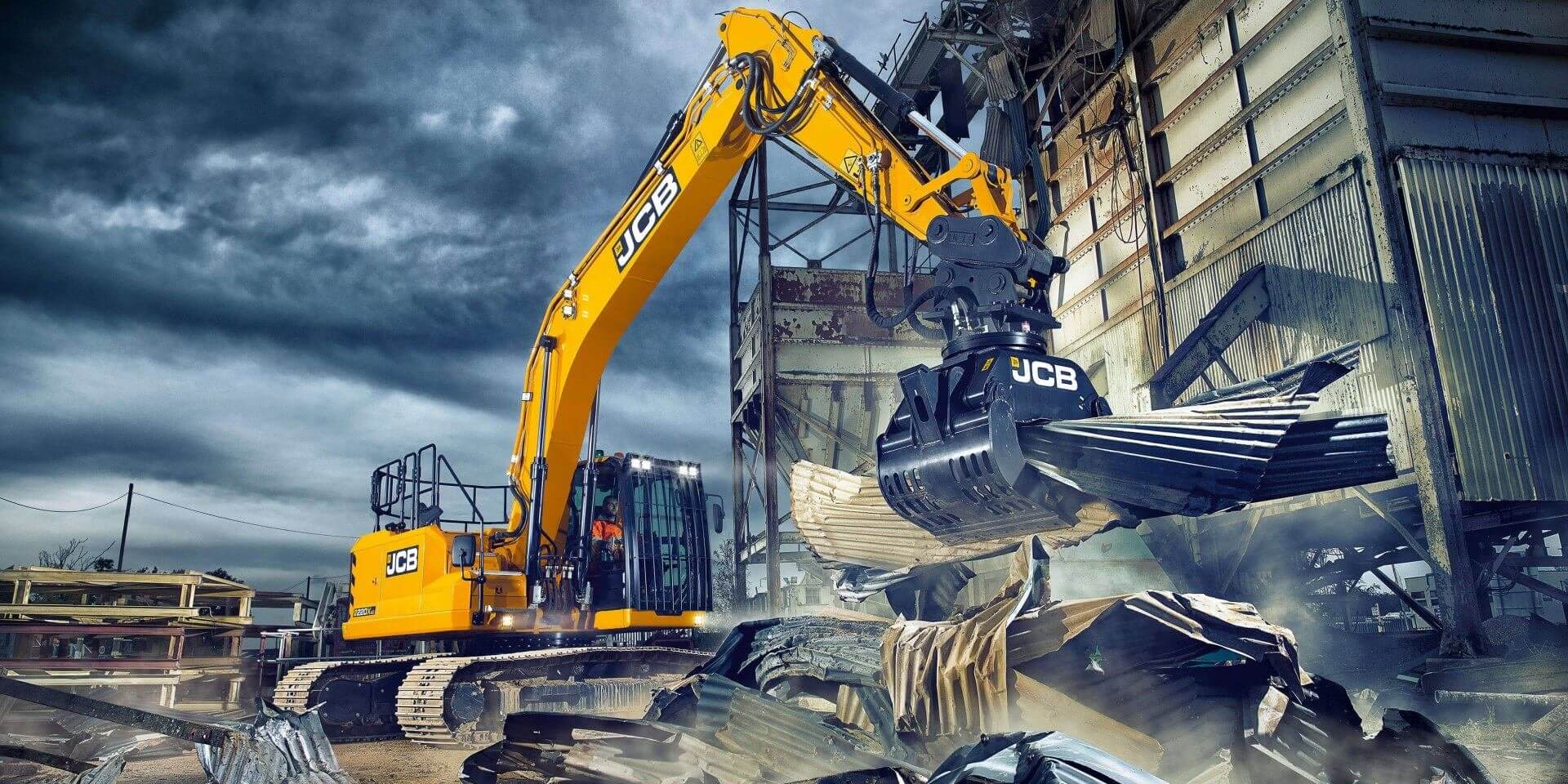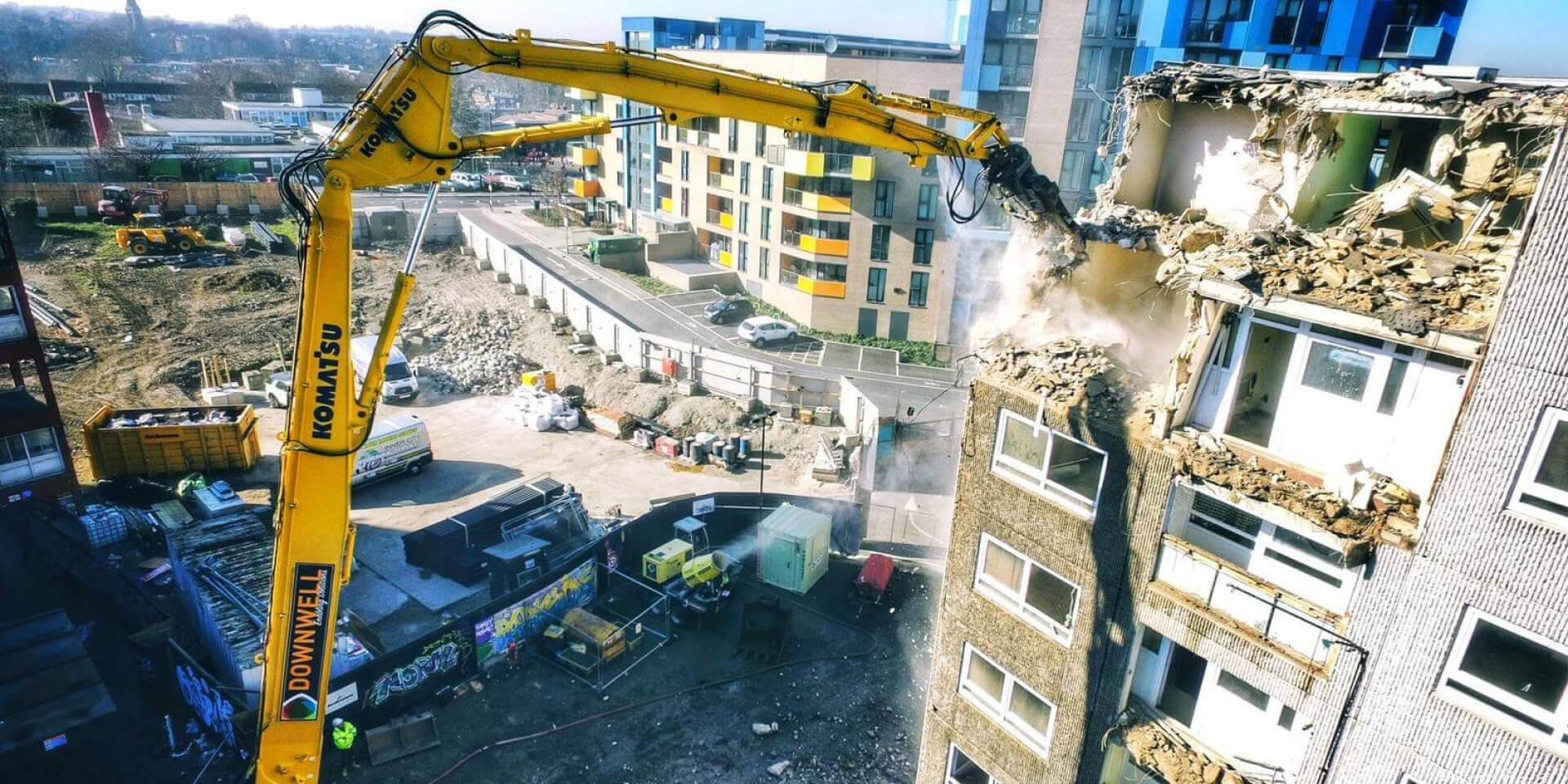
It might not feel like it right now, but the UK demolition industry stands on the brink of a potential Gold Rush; a surge in activity, workload and profit that could positively impact contractors the length and breadth of the UK and provide a much-needed boost for the wider industry.
We’ve been here before, of course. In the wake of the Large Combustion Plant Directive 2001, it fell to the UK demolition sector to remove fossil-fuelled power stations from the nation’s skyline. But while the removal of those power stations was mostly lucrative, it involved just a few dozen sites and just a small handful of demolition contractors. The coming Gold Rush will potentially involve hundreds of buildings and almost as many demolition firms.
But it won’t be easy. Like the Gold Rush in California, the potential Gold Rush facing the UK demolition sector will be fraught with danger: danger in the most literal sense of the word; and danger in the form of unwelcome scrutiny and reputational harm.
So what is this new potential Gold Rush and what has prompted it?
Demolition Insider has partnered with C&D Engineering Consultants to bring you a new series called “The Coming UK Demolition Gold Rush”. You can find out more here.













